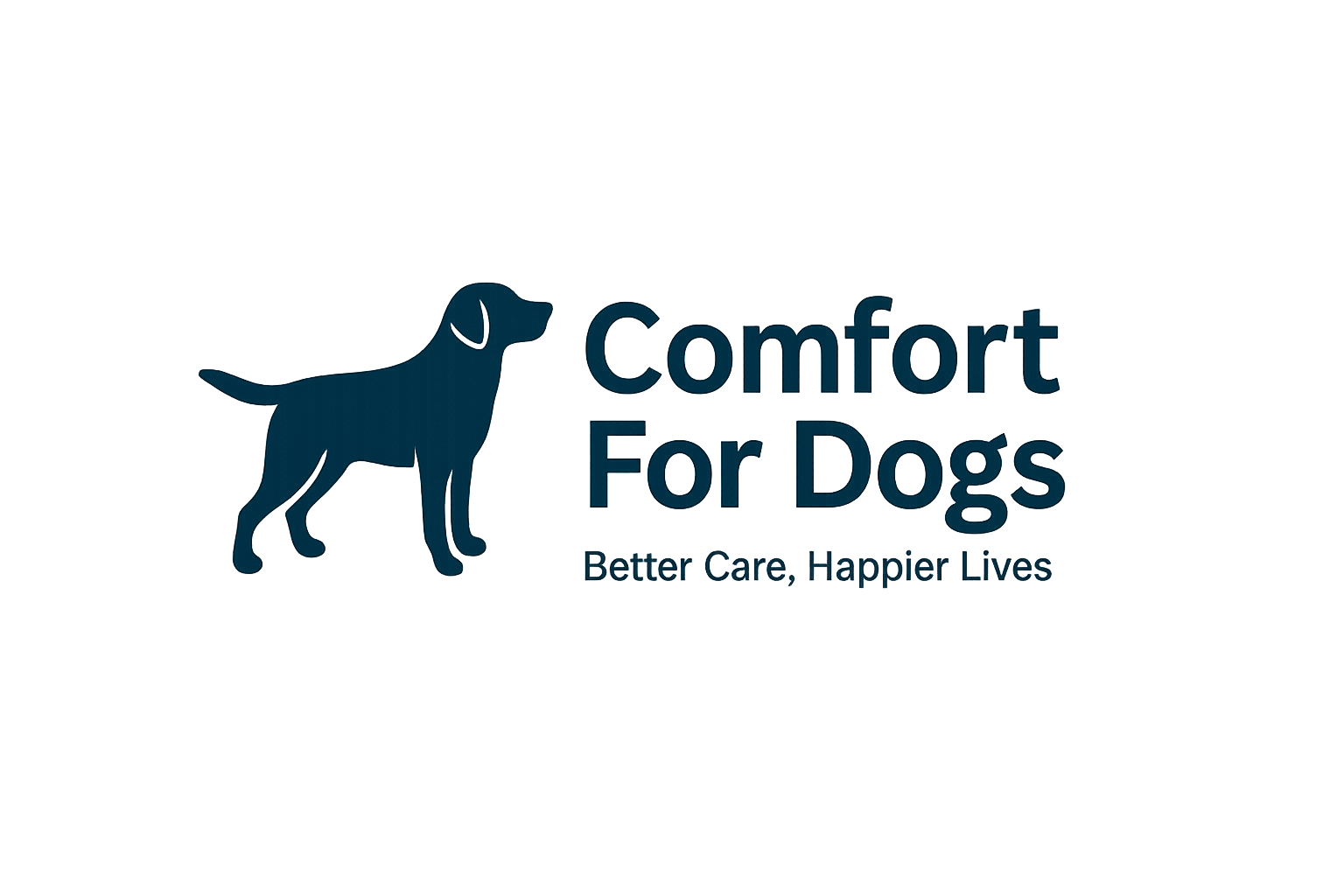Calming Dog Chews vs Calming Beds: Proven Guide to What Works Faster (2025)

If your pup struggles with anxiety 🐶 — whining, pacing, or restless nights — you’re not alone. Two of the most popular solutions are calming dog chews and calming dog beds. Both promise to ease stress, but they work in very different ways. Many pet parents rely on calming dog chews for quick relief and calming beds for long-lasting comfort. In fact, calming dog chews are one of the fastest-acting anxiety aids available. The big question is: which works faster for your anxious pup?
This guide breaks down how chews and beds work, their pros and cons, and when to use one (or both) to keep your dog relaxed and happy.
Why Dogs Need Calming Support
Anxiety in dogs shows up in many ways — barking at every noise, panting, chewing furniture, or refusing to settle at night. Left untreated, it can lead to long-term stress, health problems, or destructive behaviors. 🐾
That’s why calming aids like chews and beds have become so popular with pet parents. They offer natural, drug-free comfort that helps pups feel safe.
How Calming Dog Chews Help Dogs with Anxiety
Calming chews are edible treats that contain soothing ingredients such as:
- Chamomile & Valerian root 🌿 (herbal relaxants)
- L-theanine & L-tryptophan (amino acids that promote calm)
- CBD or hemp oil 🌱 (for advanced calming support, depending on product)
- Melatonin (for sleep and nighttime anxiety)
Benefits of Calming Chews
✔️ Calming dog chews can work within 30–60 minutes ⏱️
✔️ Great for short-term anxiety (car rides, fireworks, thunderstorms)
✔️ Easy to give like a treat
✔️ Many are flavored to make dosing stress-free
Downsides of Calming Chews
❌ Effects wear off in a few hours
❌ Some pups may dislike the taste
❌ Need repeated use for long car trips or long nights
❌ Not a substitute for a long-term comfort solution
How Calming Dog Beds Work
Unlike chews, calming beds focus on physical comfort. They’re usually plush donut-shaped beds 🛏️ with raised edges that mimic the feeling of being snuggled by littermates or a mother dog.
Benefits of Calming Beds
✔️ Provide constant comfort day and night
✔️ Great for separation anxiety and bedtime routines
✔️ Machine-washable covers make cleaning easy
✔️ No dosing or timing required — always available
👉 Best Calming Dog Beds for Anxious Pups in 2025
Side-by-Side Comparison
Speed of Results
- Calming Dog Chews usually start working in 30–60 minutes ⏱️
- Calming Beds: Create comfort gradually, especially at bedtime
Best For
- Chews: Fireworks, storms, travel, short bursts of stress 🌩️✈️
- Beds: Everyday anxiety, nighttime restlessness, or dogs who love snuggling 🐕🦺
👉 For older pups who wake up stiff or sore, check out Dog Arthritis Sleep Tips: How to Help Your Senior Dog Rest Better at Night
Cost
- Chews: Need constant repurchasing (can add up 💲)
- Beds: One-time purchase, but may need replacing after heavy use
Vet Approval
- Chews: Often recommended for situational stress
- Beds: Commonly suggested for general comfort and separation anxiety
🛋️ How Dogs Actually Use These Beds
Dogs have different sleep styles — some curl up tight, others sprawl out like royalty. Calming beds work best for burrowers and curlers, while orthopedic or flat beds may suit stretchers better.
- Curlers & anxious pups: Thrive in donut-style calming beds 🛏️
- Sprawlers & seniors: May prefer FurHaven-style orthopedic lounges
This is why many households use both a calming bed for snuggles and an orthopedic bed for joint-friendly rest.
💲 Cost vs Value Over Time
Calming dog chews may look cheaper upfront, but repeated purchases add up. For example, giving chews daily can cost $30–$60 a month, or $360+ a year.
Calming beds, on the other hand, are a one-time cost (usually $40–$100) and can last a year or more with proper care. While they don’t deliver instant results like chews, they provide consistent comfort without ongoing expense.
👉 Top 3 Best Orthopedic Dog Beds for Joint Pain Relief in 2025
FAQ: Calming Dog Chews vs Beds
Do vets recommend calming chews or beds?
Vets often recommend calming dog chews for short-term anxiety (like vet visits or fireworks). But for long-term stress, they suggest combining chews with lifestyle changes — including a calming bed for safe daily rest.
👉 According to the American Kennel Club’s guide on dog anxiety relief, calming aids like chews can work best when paired with environmental comfort such as supportive or nest-style beds.
Which is better for multi-dog households?
Both! 🐩🐕 In multi-dog homes, one pup might love chews for quick relief, while another might rely on a calming bed. Many owners buy both, ensuring each dog gets the comfort they need.
Can I use both at the same time?
Yes. In fact, combining chews + beds often works best. Give a chew before a stressful event, then let your pup unwind in their calming bed afterward.
Final Thoughts
So, when it comes to calming dog chews vs calming beds, the big question remains – which works faster for reducing dog anxiety?
- Chews: Quick relief in 30–60 minutes.
- Beds: Long-lasting comfort and improved sleep.
💡 Pro Tip: Many pet parents invest in both. Chews help in stressful moments, while calming beds provide daily peace of mind. Together, they give your pup the best shot at living a calm, happy life.



